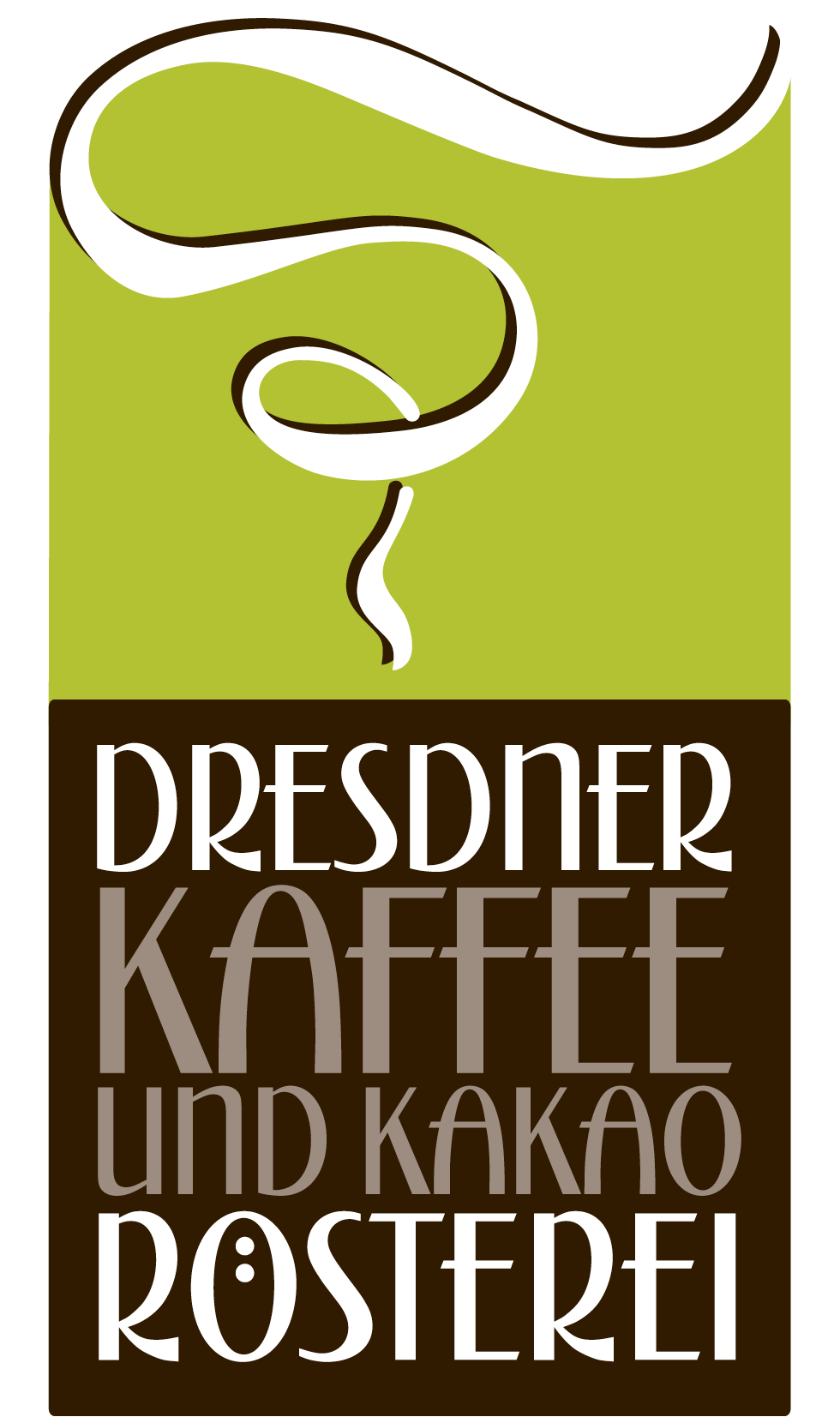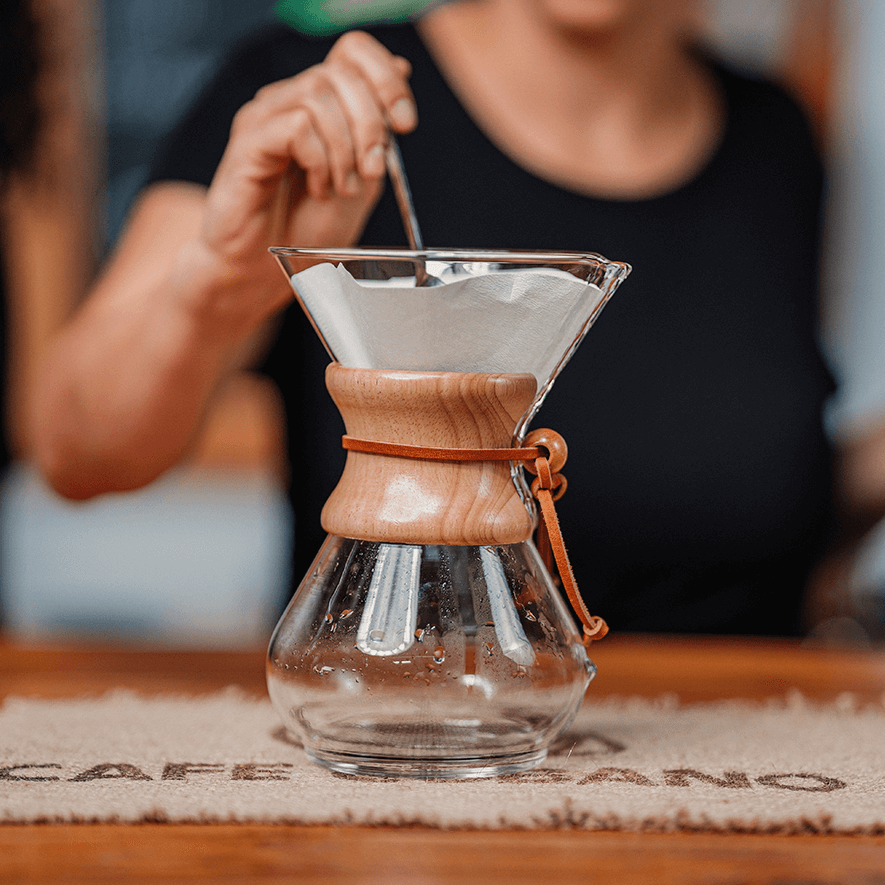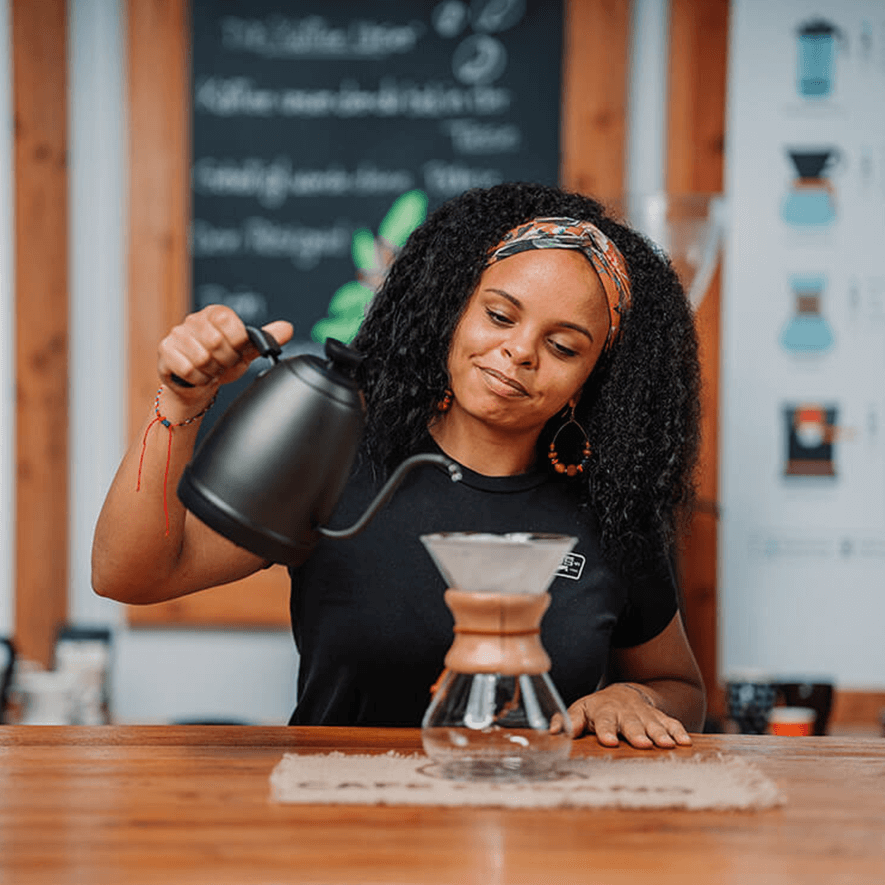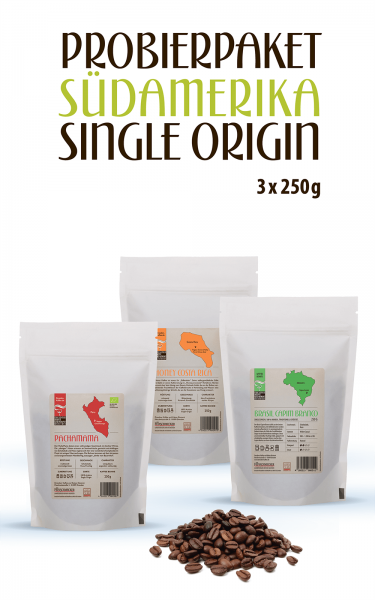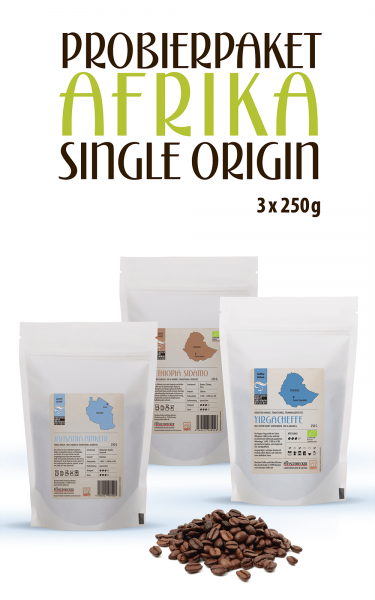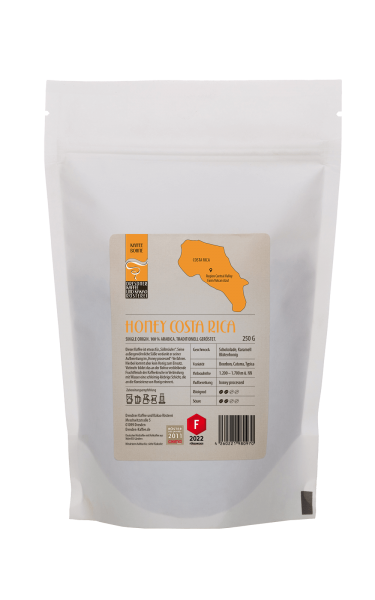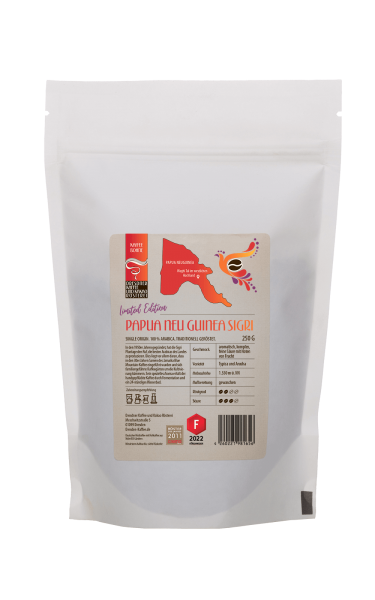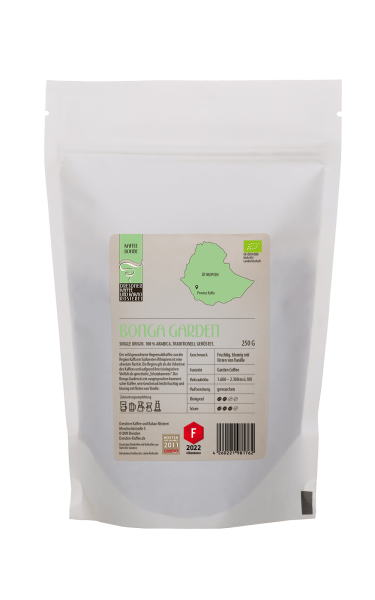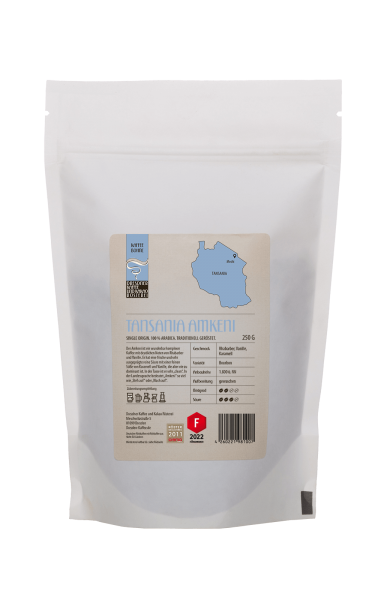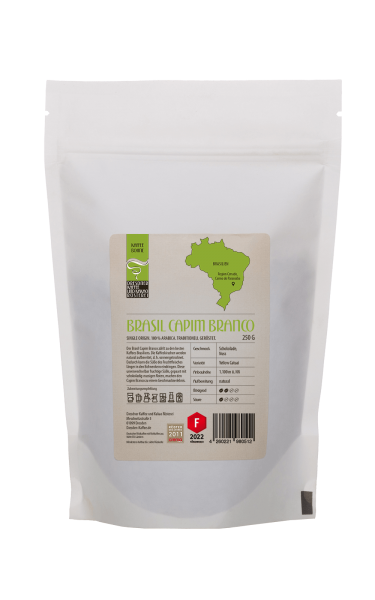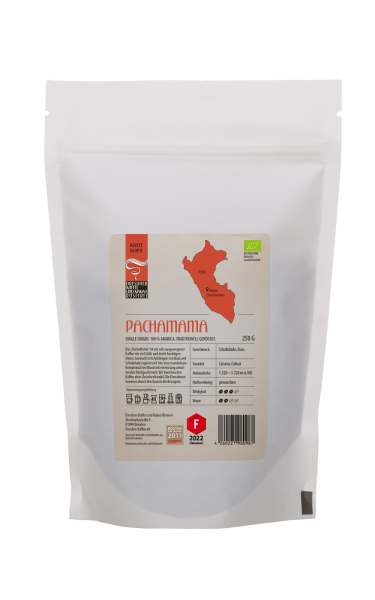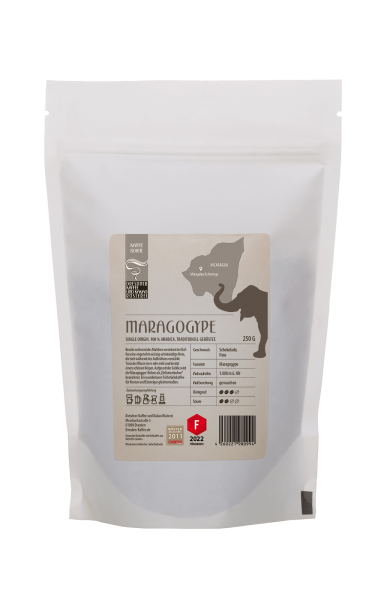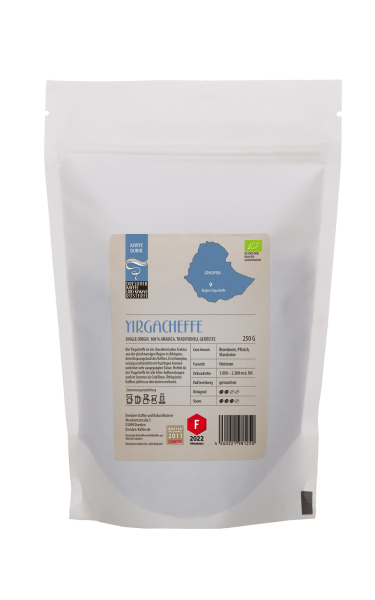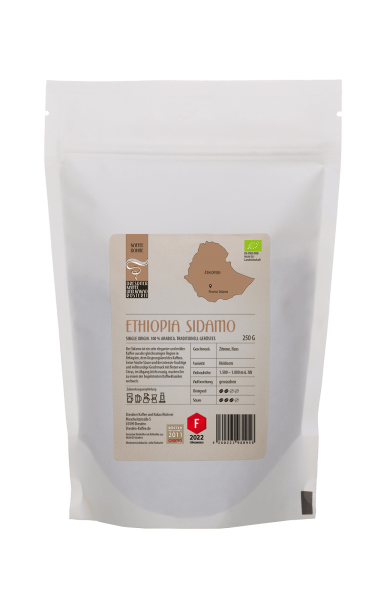Preparation with the Chemex pot
The Chemex is a visually and haptically great way to brew delicious filter coffee. Particularly clever: the coffee is already in the pot after brewing - so there's no need to repour. The primary goal of inventor Peter Schlumbohm was to combine functionality and simple design in one. He visibly succeeded, because the Chemex carafe is even in the Museum of Modern Arts in New York and was declared one of the best designed products of modern times. The Chemex carafe is made of mouth-blown heat-resistant glass with a heat-insulating wooden handle fixed with a leather strap.
What makes this design special is that - unlike most filter coffee techniques - the Chemex filter is pointed. Thus, it has a larger opening through which the coffee drips into the carafe. Thanks to this shape, the extraction of the coffee can take place more evenly. This allows the aromas to dissolve more intensively. The result is a particularly full-bodied, aromatic coffee. Typically, the Chemex filters are firmer and are therefore very suitable for filtering the bitter substances out of the coffee. For the filter infusion method, a medium grind is selected - coarser than espresso grind and as freshly ground as possible - so that the infused water can flow constantly through the coffee and filter.
Coffee for the Chemex
For 150 ml you should use about eight grams of coffee. But this is only a guideline, it also depends on the type of coffee and your taste. The water temperature should be between 92 °C and 96 °C. Please do not use boiling water, as this tends to extract the bitter substances. To prevent this, you should let the water cool down briefly. Fold the paper filter twice into a cone and place it in the Chemex. Then run the water through the filter to wash out paper particles and preheat the Chemex.
Pour the coffee powder into the filter and gently shake the Chemex to distribute the coffee evenly. First, pour in just enough water to cover the coffee grounds. The coffee will absorb the water and "bloom" or swell, preparing to spread its flavor. Pour the remaining water slowly and in circular motions. Not directly into the center and always on top of the coffee grounds. The water should go through in three and a half to four minutes. If brewing takes much longer than five minutes, too many bitter compounds are extracting from the coffee. If brewing takes much less than three minutes, not enough flavors will release from the coffee and the result will taste thin with little flavor. You can serve the finished coffee directly from the beautiful carafe.
The jug in hourglass design
The Chemex has the shape of an hourglass and was developed in 1941 by the German chemist Dr. Peter Schlumbohm. This classic still exists in its original form to this day. Made of hand-blown heat-resistant glass with a heat-insulating wooden handle, it is held in place with a leather strap. With its typical hourglass look, inspired by the clean lines of the Bauhaus style, the Chemex even made it to the Museum for Modern Art in New York in 1943 as the product with the best design.
Each Chemix made of heat-resistant quality glass is mouth-blown and therefore unique. The great advantage of the Chemex is that the brewing device and the serving pot are one. With its elegant design and ease of use, the Chemex is known and loved all over the world.
Important factors
Grinding degree: medium Quantity: 38 g Water temperature: 96 °C
Our Tip:
The extra-thick filter paper retains oils and sediments more than other coffee filters, making the coffee taste very "clear". The wooden sleeve means you won't burn your fingers when pouring with the Chemex. But there is also a disadvantage: You should only use original Chemex filter paper - unfortunately not quite cheap.
You can learn more about the Chemex in this very readable Coffeeness article.
